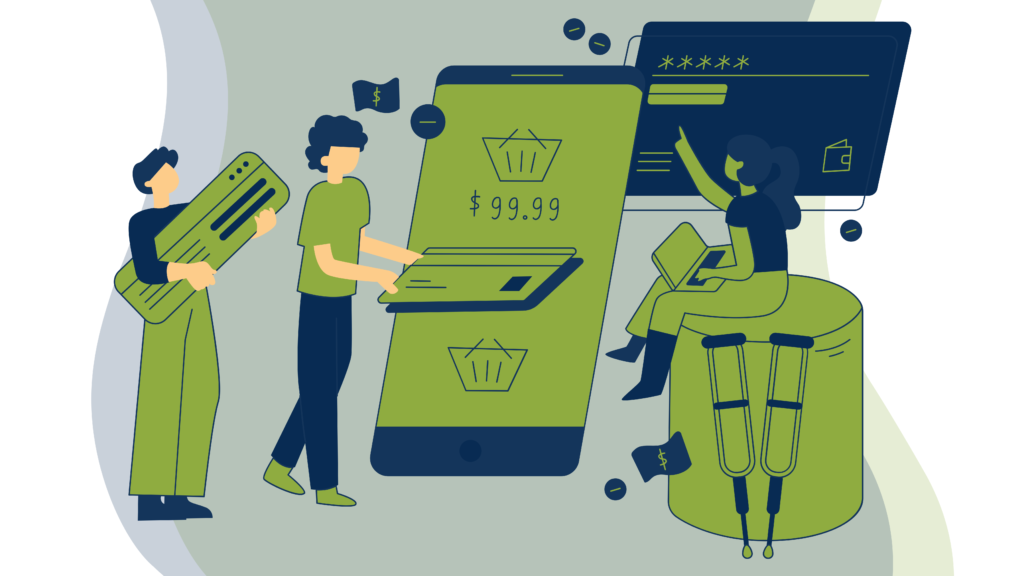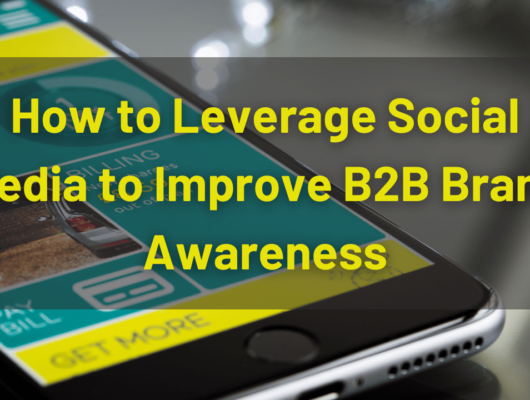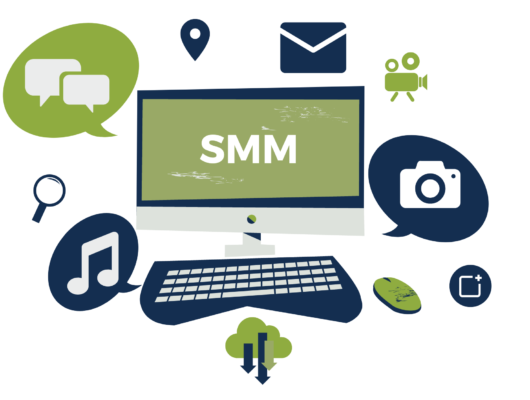From Setting Up Lead Qualification Systems to Segmented Email Campaigns: Enhancing Lead Quality for Optimal Results
In today’s competitive B2B business landscape, generating a steady stream of leads is crucial for sustained growth. However, not all leads are created equal. To ensure the highest chance of conversion and maximize return on investment (ROI), businesses need qualified leads. In this blog, we will address the common problem of acquiring B2B qualified leads and present effective solutions to enhance lead quality. By implementing lead qualification systems, understanding the buyer’s journey, and optimizing email campaigns, businesses can attract and nurture high-quality leads for improved outcomes.
How to Set Up a B2B Lead Qualification System (MQL and SQL)
One of the key solutions to acquiring qualified leads in a B2B environment is implementing a lead qualification system. This system typically involves defining and distinguishing between Marketing Qualified Leads (MQL) and Sales Qualified Leads (SQL). MQLs are leads that show potential interest in your offerings, while SQLs are MQLs that have been further vetted and determined to be sales-ready.
Marketing Qualified Leads (MQLs) are prospects who have demonstrated potential interest in your products or services. They may have engaged with your marketing campaigns, visited your website, or shown some level of engagement. MQLs are typically in the earlier stages of the buyer’s journey and require further nurturing to move them closer to making a purchasing decision.
On the other hand, Sales Qualified Leads (SQLs) are MQLs that have undergone additional evaluation and have been deemed sales-ready. These leads have shown a higher level of intent and are more likely to convert into paying customers. SQLs have been thoroughly vetted by the sales team, considering factors such as their readiness to buy, budget availability, and fit with your offering.
By distinguishing between MQLs and SQLs, businesses can allocate their resources effectively. Marketing teams can focus on nurturing MQLs, providing them with valuable information and tailored content to guide them through the buyer’s journey. Meanwhile, sales teams can prioritize their efforts on engaging with SQLs, as they have a higher probability of closing deals.
In a B2B environment, establishing a lead qualification system begins with defining precise criteria for both Marketing Qualified Leads (MQLs) and Sales Qualified Leads (SQLs) based on factors such as industry, company size, engagement level, and behavior. This alignment between marketing and sales teams facilitates a seamless handoff of leads. Leveraging marketing automation and CRM tools enables tracking and scoring of leads according to these criteria, simplifying the identification and prioritization of the most qualified prospects.
Understanding the Buyer’s journey to improve lead quality
Improving Lead Quality through Understanding: Understanding the buyer’s journey is vital for improving lead quality. By mapping out the stages a prospect goes through, from awareness to decision-making, businesses can tailor their marketing efforts to align with each step.
Start by creating buyer personas that represent your target audience. This helps you gain insights into their pain points, motivations, and decision-making processes. Then, develop content and messaging that addresses the specific needs of each stage in the buyer’s journey. By delivering valuable and relevant information at the right time, you can engage prospects more effectively and increase the chances of attracting high-quality leads.
Five Tips to Get Better Quality Leads
To enhance lead quality, consider implementing the following tips:
- Enhance Targeting: Take the time to carefully review and refine your target audience criteria. By narrowing down your focus, you can ensure that your marketing efforts are directed towards the right prospects who are more likely to convert. This targeted approach increases the efficiency of your lead generation activities and maximizes the chances of acquiring qualified leads. For example, if you’re a B2B software company targeting small businesses, you may refine your target audience criteria to focus specifically on businesses within a certain revenue range or industry. This ensures that your marketing efforts are directed towards those who are more likely to have a need for your software and are in a position to make a purchase.
- Optimize Landing Pages: Create persuasive and well-optimized landing pages that align seamlessly with your unique value proposition. A well-crafted landing page provides a clear and compelling message, making it easier for visitors to understand the benefits of your offering and take action. By optimizing these pages, you create a seamless user experience that encourages conversions and attracts qualified leads. Consider crafting landing pages that highlight the specific benefits and features of your B2B solution. For instance, if you provide a project management software, optimize your landing page by showcasing how your software streamlines workflow, increases productivity, and improves collaboration for project teams. Aligning the messaging with your value proposition helps visitors understand the value you offer and encourages them to convert into qualified leads.
- Employ Progressive Profiling: Instead of overwhelming prospects with lengthy and repetitive forms, adopt the strategy of progressive profiling. This approach allows you to gather information gradually over multiple interactions with your prospects. By collecting data in smaller increments, you improve the user experience and avoid form fatigue. Moreover, progressive profiling provides you with valuable insights that can help qualify leads and tailor your marketing efforts more effectively. Instead of overwhelming prospects with a long registration form, you can implement progressive profiling by starting with just the essential information such as name and email address. As the prospect engages with your content or takes further actions, you can gradually gather additional information such as company size, role, or specific pain points. This approach respects the prospect’s time and reduces friction, resulting in a smoother lead generation process.
- Personalize Lead Nurturing: Implement personalized lead nurturing campaigns that address the unique needs and pain points of each prospect. By segmenting your leads based on their demographics, behavior, and preferences, you can deliver targeted content, personalized emails, and customized offers. This level of personalization enhances engagement, builds trust, and increases the likelihood of converting leads into customers. For example, if a prospect downloads an e-book on content marketing, you can follow up with personalized emails that provide more resources related to content marketing, such as case studies or webinars. By tailoring the content based on their expressed interest, you demonstrate that you understand their needs and can offer valuable insights, which increases the chances of nurturing them into qualified leads.
- Analyze and Iterate: Continuously analyze data and performance metrics to gain insights into the effectiveness of your lead generation strategies. Identify patterns, trends, and areas for improvement by closely monitoring key metrics such as conversion rates, click-through rates, and engagement levels. Additionally, use A/B testing to experiment with different approaches and optimize your lead generation tactics over time. This iterative process allows you to refine your strategies, maximize lead quality, and drive better results. Suppose you notice through data analysis that a particular lead generation channel, such as social media advertising, consistently generates low-quality leads. In that case, you can allocate more resources to channels that have proven to deliver higher-quality leads, such as industry-specific events or targeted email campaigns. By identifying and optimizing the most effective channels, you can maximize the return on your lead generation investments.
Lead Qualification
Building a Robust Email Campaign with Segmentation: Email campaigns remain a powerful tool for lead qualification. By segmenting your email list based on lead quality, you can deliver targeted content that resonates with each segment’s specific interests and needs.
Begin by defining your lead quality segments, such as hot leads, warm leads, and cold leads. Develop relevant and personalized email content for each segment, addressing their pain points and providing solutions. Use automation tools to schedule and send emails based on predefined triggers and engagement levels. Regularly evaluate campaign performance and make adjustments to optimize results.
Conclusion
Acquiring qualified leads is a challenge many businesses face. By implementing strategies such as setting up lead qualification systems, understanding the buyer’s journey, optimizing lead generation tactics, and building segmented email campaigns, businesses can enhance lead quality and increase the likelihood of conversions. By focusing on attracting and nurturing high-quality leads, businesses can achieve better results and drive sustainable growth in today’s competitive market.
To learn more about how our lead qualification strategies can benefit your business, we invite you to schedule with us a meeting here: https://bit.ly/AGTletsmeet . We will be happy to discuss your specific needs and provide valuable insights to enhance your lead generation efforts. Contact us today to take the next step towards acquiring high-quality leads for your business.








